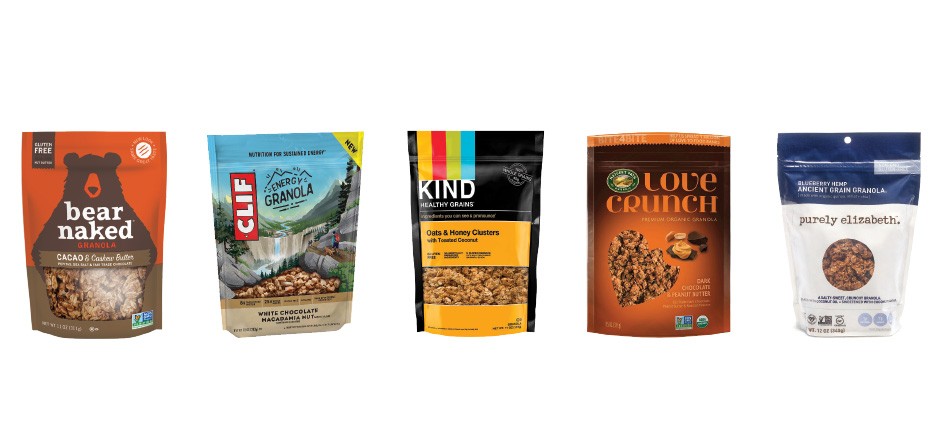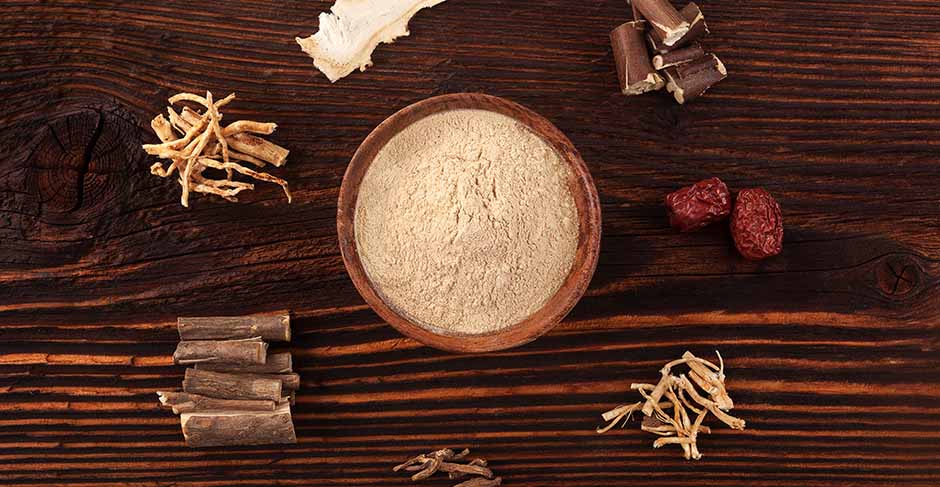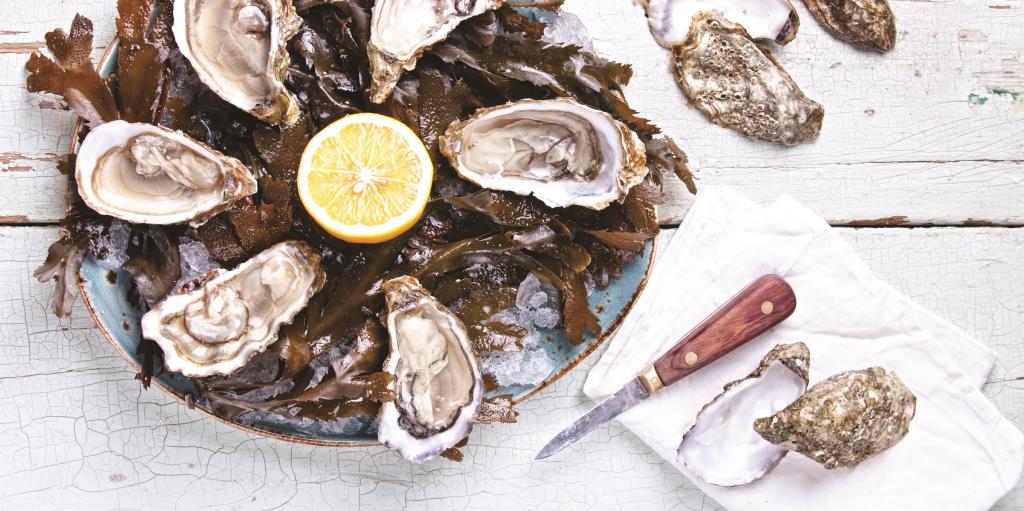Salmonella scares. Produce recalls. The Dirty Dozen. At some point, you might start wondering if fruits and vegetables are worth the risk. The answer is a resounding yes. Your best bet to protect yourself from bacteria and pesticides—without missing out on the essential nutrients fresh produce provides—is properly cleaning the items before you eat them. Here’s how to clean produce.
Turn on the tap
In most cases, you simply need to follow the FDA recommendation of rinsing the item under cool tap water for 30–60 seconds. Don’t bother with special produce washes. Multiple studies have shown them to be no more effective in removing bacteria or pesticides than running water, which removes anywhere from 80–98 percent of bacteria and can also significantly reduce pesticide residue, according to a three-year Connecticut study done in conjunction with the state’s Department of Consumer Protection.
Know when to scrub
In general, the force of the running water is all the scrubbing you need, although the <i>Cook’s Illustrated</i> test found that scrubbing with a produce brush was slightly more effective at removing bacteria. Scrubbing is highly recommended for items with grooves and ridges and dimples—think cantaloupe, pineapple, potatoes—where bacteria like to hide.
Quick-hit tips
- Whenever possible, wash produce right before you use it.
- Chop broccoli and cauliflower into florets before washing to allow water to reach more surfaces.
- Wash all produce, even before peeling or chopping it. Otherwise, bacteria from the outside might get on your hands or knife or peeler and end up on the fruit inside.
- Contrary to what you may have heard, it’s OK to wash mushrooms—just rinse, don’t soak, to avoid damaging flavor or texture.
- Patting produce with a dry paper towel may remove even more bacteria.
- Wash produce in a colander or bowl, not the sink, which can harbor bacteria of its own.
- Remove the outer leaves of a lettuce bunch, which likely have the most contamination.
- Eat most produce within two or three days of purchase to minimize bacteria growth.










Comments